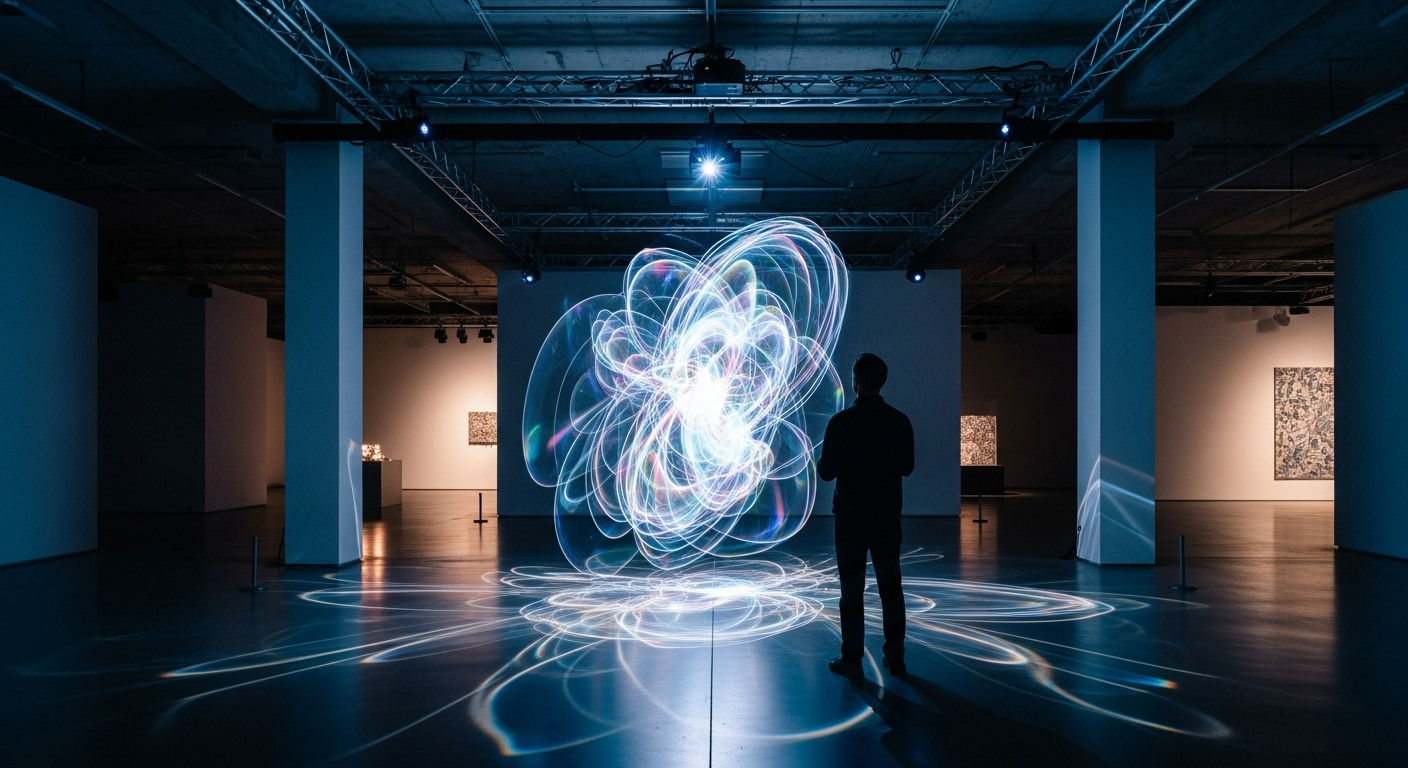Visual Artists Embracing Augmented Reality Installations
Visual artists worldwide are adopting augmented reality to expand how audiences experience exhibitions, performances, and public installations. AR overlays digital layers onto physical spaces, enabling dynamic storytelling that blends cinema, music, theater, and dance influences. This shift is reshaping galleries, festivals, and community-focused cultural programs.

Visual artists are increasingly adopting augmented reality (AR) as a means to extend traditional practice into interactive and time-based experiences. By layering digital imagery, sound, and animation onto physical spaces, creators can reframe objects in galleries or public sites, remix historical narratives, and invite audiences into participatory storytelling. This evolution draws on cinema and film language for pacing and framing, on music and sound design for atmosphere, and on theater and performance for live presence, forming hybrid works that feel both immediate and mediated.
How does AR reshape visual storytelling?
Augmented reality changes storytelling by introducing non-linear paths and responsive elements that react to an audience’s movement or choices. Visual artists can use AR to overlay contextual media—archival footage, animated sequences, or generative imagery—directly onto sculptures or architectural surfaces, creating layered narratives that unfold differently for each viewer. This approach borrows techniques from cinema and film editing for timing, while preserving the spatial dynamics of performance and the contemplative qualities typical of galleries. The result is storytelling that is spatial, multimodal, and often collaborative between maker and audience.
What role do galleries and exhibitions play?
Galleries and exhibitions serve as testing grounds and platforms for AR installations, offering controlled contexts where technical constraints can be managed and accessibility considered. Curators increasingly commission projects that combine physical works with AR overlays accessible via apps or loaned devices, encouraging visitors to alternate between looking at an object and experiencing its virtual augmentation. Such formats demand new exhibition design practices—lighting, wayfinding, and device management—to support smooth audience flows and preserve the integrity of both physical pieces and digital layers.
How does AR interact with performance and theater?
Performance and theater practices influence AR installations through attention to timing, choreography, and presence. Dance and live movement can trigger or synchronize AR content, turning performers into markers that modulate soundscapes, projections, or virtual characters. In immersive theater settings, AR can extend scenic design beyond physical props, allowing scenes to shift dynamically without set changes. These combinations raise practical considerations—latency, sightlines, and performer-device interaction—but also open avenues for experimental hybrid shows where audience members may experience different narrative threads simultaneously.
How are festivals and cinema integrating AR?
Festivals and cinema programs are incorporating AR to expand the festival footprint beyond screening rooms and galleries, staging site-specific projects in public squares or transit hubs that invite passersby to engage with short AR narratives. Filmmakers use AR to prolong filmic universes into real-world contexts, offering supplemental scenes, character backstories, or alternate perspectives that deepen engagement. Film festivals curate AR works alongside traditional screenings, acknowledging that digital augmentation can complement cinematic storytelling and attract diverse audiences who seek interactive experiences.
How does digital streaming and music connect with AR?
Streaming platforms and music producers are exploring AR as an added dimension for live and recorded content. Musicians and sound artists design AR-enhanced album experiences where visuals respond to audio frequencies or where spatialized soundtracks shift as listeners move through installation sites. Streaming services can pair linear video with AR companion pieces or interactive visualizers that viewers trigger on personal devices, blending broadcast reach with local, site-responsive encounters. This fusion of digital streaming and on-site augmentation broadens how audiences discover and inhabit creative work.
What practical considerations for installations?
Developing AR installations requires attention to technical infrastructure, accessibility, and cultural context. Artists and teams must plan for device compatibility, network stability, and user interface clarity so that digital layers enhance rather than distract. Permissions and partnerships matter for public site installations, and curators should consider inclusive design—providing alternatives for visitors without smartphones or with differing mobility needs. Collaboration with local communities, festivals, and galleries helps ground AR projects in the cultural fabric of a place while addressing conservation and ethical concerns related to site-specific storytelling.
Conclusion
Augmented reality installations offer visual artists new modes of expression that draw on cinema, music, theater, dance, and exhibition practices to create layered, interactive experiences. When thoughtfully integrated, AR can deepen storytelling, expand audience participation, and reconfigure the relationship between object, space, and viewer. Sustained dialogue among artists, curators, technologists, and communities will shape how these hybrid works evolve across galleries, festivals, and public culture worldwide.





